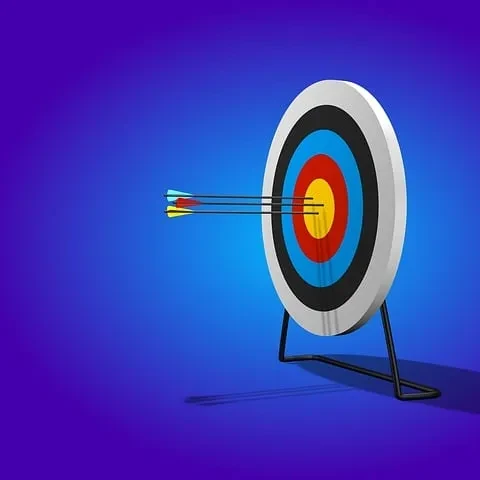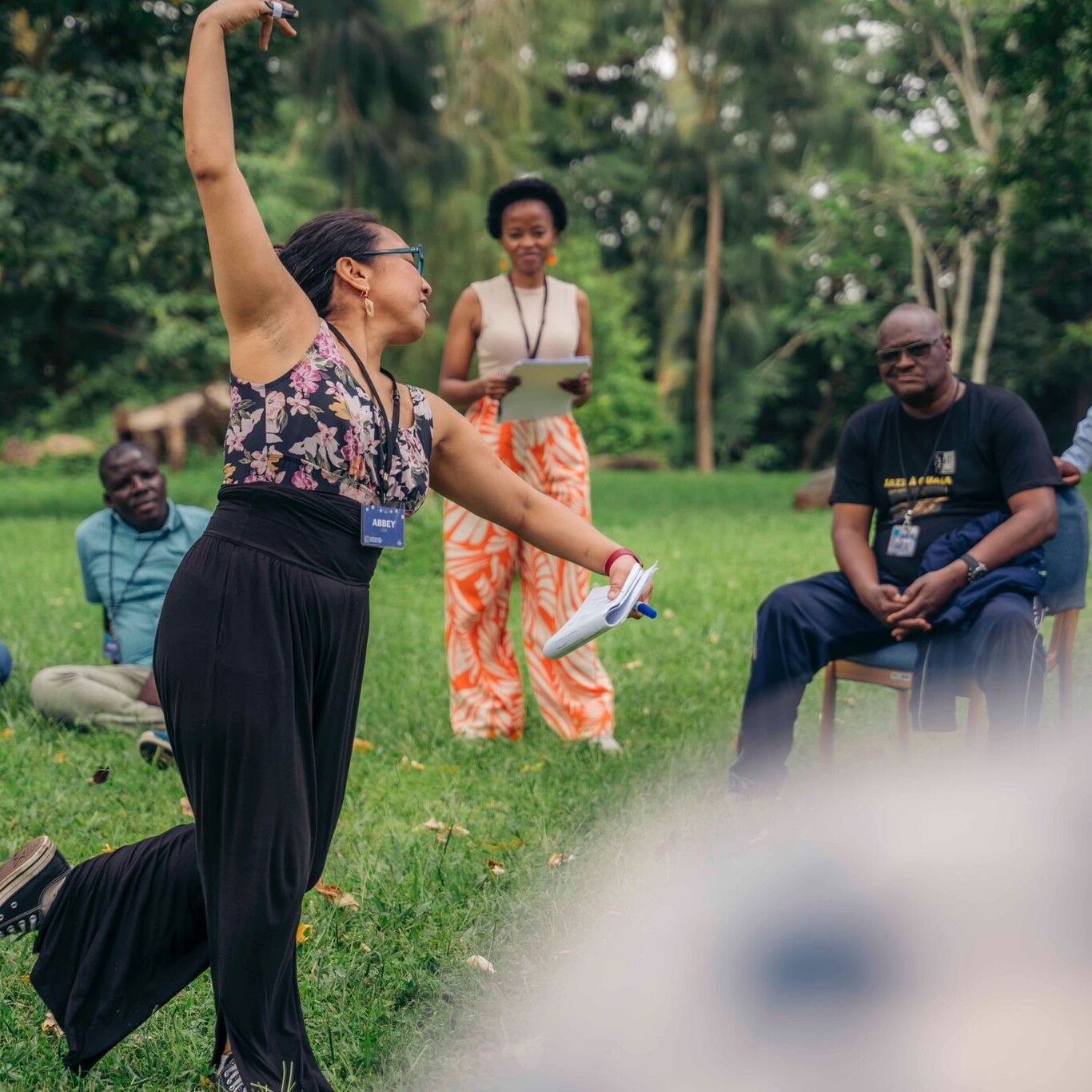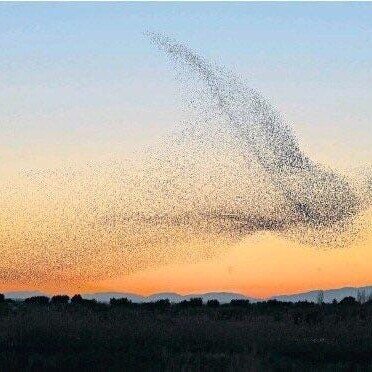How do more of us help create a world that is good for all of us? Many of us have been attending at least a few of the hundreds of enticing webinars that have been available during the last pandemic year, but somehow have not been able to actually apply what we have learned in our communities.
The first challenge has been that most of these webinars are what I call “talking heads:” one individual or a panel of experts share new ideas with us for the entire session. At the end we may realize that we have a million questions and have no idea how we might proceed. But we immediately move back into our workflow and the memory of the webinar content quickly fades.
I’ve even been part of sessions that are more interactive, where we are put into breakout rooms after the presentation and have a chance to reflect on the information provided. But somehow this, too, is not quite enough.
As a result, I thought about times when I , or people I knew, had actually managed to apply a new idea to their community. The very crude chart (would love some graphics assistance on this!) below shows that there are many small steps that need to be taken (and supported by capacity builders) for learning to move to doing.

Let’s go through the steps:
Create a learning community.
First, I think learning communities are the best place to be introduced to new ideas. A learning community is simply a group of people (using zoom such groups could actually be very large if good use is made of breakout rooms) who commit to meeting regularly (usually monthly) to support each other’s learning and doing. It’s wonderful if you can have skilled, paid facilitation of such a group but they work amazingly well with informal groups who share the facilitation role. Most learning communities have some sort of focus to their learning, i.e. they may be people who want to learn more about systems strategies or network weaving or food access.
An important part of successful learning communities is that people in them feel safe to share their concerns or challenges. This means that learning community facilitators will need to include relationship building activities in every session where people get to know each other more deeply.
Hear information about a new process, skill or strategy and have space to ask questions and reflect.
I have found that listening to something new is often overwhelming, so I recommend that presenters limit their talk to 10-15 increments. If the topic is complex, you might want to have two 10 minute presentations each followed by a breakout session of 5 minutes. People can generate questions during the breakouts that are captured on a jamboard or Miro board – and answered by the presenter(s) as they are written.
Do a demonstration.
It’s often very useful for presenters to demonstrate the new skill or process with an individual or small group, with the rest of the participants observing.
Practice in the learning community.
The next step is to actually practice the process in the learning community, or in some cases, you may want to set up a smaller popup session for practice.
Thinking/feeling about application.
It’s often useful, especially for introverts, to have some time by themselves processing their reaction to the process. Participants can be encouraged to notice how the process feels to them? Might it be a good fit with their community? Does the process seem hard or simple/ is it scary to think about doing something like this in their community? They can write notes or be encouraged to draw.
You might also give participants time to discuss potential application in a breakout room. Here they might answer questions such as, “How might this work in my community? Who else could work with me on implementing this process? Could I try it first with a small group of people? What is a meeting coming up where I could try this?
Participants then (if they plan to go ahead) make a commitment to try out the process or skill in the coming month.
Applying in your community.
Participants hopefully have worksheets etc to help them take the information back to their community. They also need to be encouraged to find one or two others to work with them on the application. An important part of their planning process needs to be thinking about how the process may need to be modified for their specific context.
An essential part of any process will be to allocate time for the groups’ reflection on the process.
Other worksheets can encourage the facilitation group to spend time after to reflect on the process: what worked well? What would we need to change? What challenges did we encounter that we didn’t expect?
Get peer support for challenges.
When the learning group next meets, ask if anyone experienced any challenges in applying the practice. If there are several, you might want to have each person with a challenge go into a breakout room with others to support them. Then share the peer assist process to help them think how to work with the challenge.
As facilitator, you will need to frame the request for challenges with the importance of seeing challenges as a way to deeper learning. This embracing of so called mistakes is a key part of the mindset shift we all need to make.
Celebrate successes and harvest to share with other networks.
Encourage one or two participants to share successes they had with the process – encourage them to share pictures to make their success come alive for others.
You may want to facilitate a knowledge harvesting process. Some people have had success using jamboard, Miro or a google doc where everyone can add what they learned from implementing the process, suggestions for changes or improvements, key factors for success and so forth. Encourage one or two participants to take this input and craft into a post or handout that can be shared by participants with all their networks and social media connections. They may want to include video snippets of the process or people sharing how useful it was.
Share with other networks.
If the learning community is part of a specific network with a communications ecosystem, encourage the information to be shared through newsletters and social media. You might also want to turn the information into a resource or handout, as we are doing with this blog post!
If there is a good response to the sharing of the information, you might want to set up a popup for others outside of the learning community on how to use the process in their settings.
Big Picture
What is this chart suggesting about training? It’s saying that if we want our training to lead to change in communities, we need to reconceptualize training to make it more interactive and supportive of all the steps that are needed to move from learning to doing. We will get so much more impact if we shift the emphasis from content (and this is very hard because we as teachers, presenters and experts almost always LOVE our content and feel people need to have access to every bit of it! You can still share a longer video or article with participants so they can dig in deeper) to an emphasis on support for application of new practices.
Next steps
I would love for people to comment on this article, add additional ideas, edit it – in other words, make it better! Please just click on this link and it will take you to a google doc where you can comment or edit. This blog post can be so much better with your thoughts added. Once we have collected and edited those new thoughts, I’ll revise this blog post.
I’d also love to hear how you share this post with others in your networks. Was it useful? Did you take any steps to shift your webinars so they are more interactive?
June Holley has been weaving networks, helping others weave networks and writing about networks for over 40 years. She is currently increasing her capacity to capture learning and innovations from the field and sharing what she discovers through blog posts, occasional virtual sessions and a forthcoming book.
featured image found here
PLEASE DONATE to help Network Weaver continue in it’s mission to offer free support and resources to networks worldwide.




